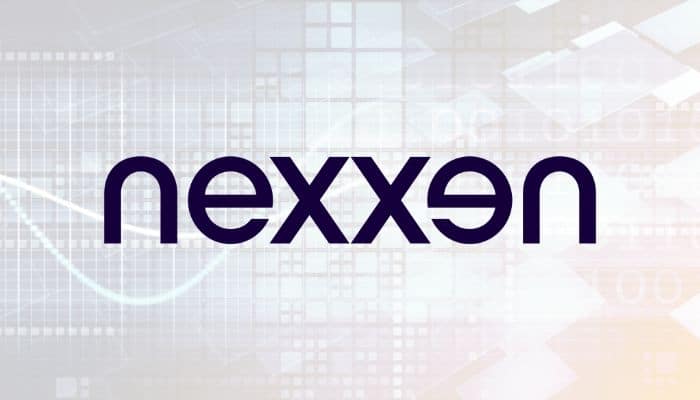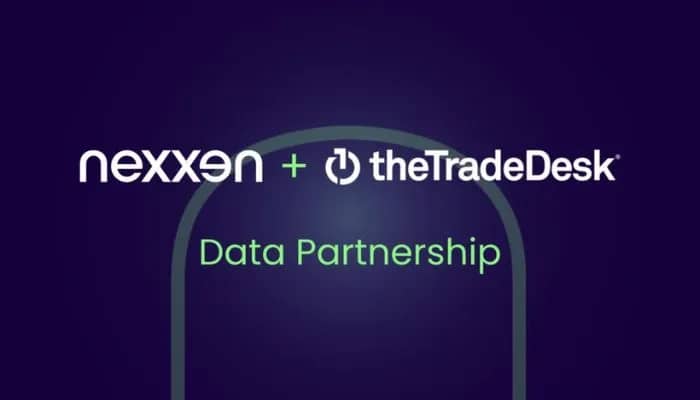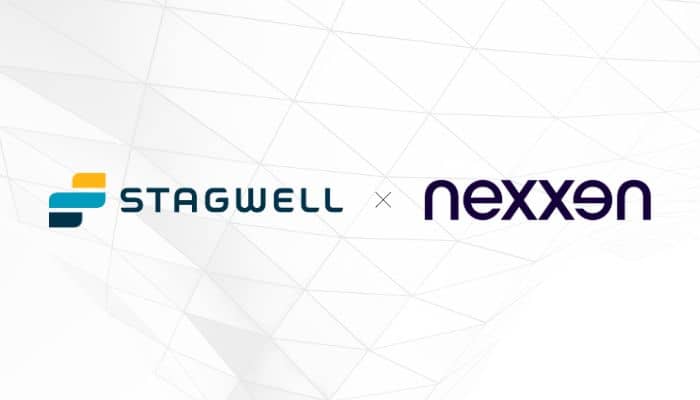As we approach 2025, several key trends are poised to significantly affect the advertising industry. It is undeniable that ongoing advancements in advertising technologies such as personalised connected TV (CTV) and Free Ad-supported streaming TV services, as well as rapidly evolving AI technologies will influence advertiser strategies moving forward.
The following insights shed light on the key trends likely to make an impact on the marketing and advertising sector in 2025.
Putting Data Front and Centre
Data is becoming the cornerstone of advertising strategies as brands move beyond traditional methods like third-party cookies to build more robust and sustainable first-party data ecosystems. Nexxen’s Head of Client Success, Tanja Williams, explains that advertisers are increasingly investing in advanced data solutions to drive precise targeting, measure ROI, and personalise consumer experiences.
“We’re seeing advertisers focus on developing their first-party data as they look for ways to reduce their reliance on cookies,” she explains. “This shift is empowering brands to own their data strategies, create direct connections with their consumers and better tailor their messaging.”
The acceleration of subscription video-on-demand (SVOD) platforms and Free Ad-Supported Streaming TV (FAST) channels are reshaping the TV landscape. The arrival of VOZ Trading and Streaming, plus initiatives like Foxtel’s Video Futures Collective further adds to the momentum, creating new opportunities but complexities for advertisers. Automatic Content Recognition (ACR) data is emerging as a key data source to navigate the complexities of this fragmented media landscape.
“Advertisers are increasingly seeing the value of ACR data to bridge the gap between streaming and linear TV,” Williams notes. “By providing real-time insights into what content and ads are being consumed/viewed and where, ACR allows brands to identify overlapping audiences, tailor messaging across screens and ensure they’re reaching the right viewers.”
FAST channels, which continue to grow rapidly, highlight the importance of leveraging planning and measurement tools powered by ACR data. “FAST channels are not just cost-effective, they also offer niche and highly engaging content,” she notes. “ACR data enables advertisers to optimise campaigns in this space by unlocking insights into viewing habits and delivering personalised ads that resonate across platforms.”
She also highlights how data analytics and cross-screen measurement tools are enabling advertisers to measure the effectiveness of their investments more accurately. “Advertisers are leveraging programmatic technology and converged insights to engage audiences in a fragmented media environment,” she says. “With advanced attribution modelling, exclusive data sets like ACR and the ability to measure across screens, brands can make data-informed decisions that maximise campaign performance and ROI.”
AI Opportunity
As we move further into an era of AI-driven advertising and data analytics, Jay Kim, Director of Analytics & Platform Solutions in APAC at Nexxen, discusses the benefits organisations can gain by embracing AI and integrating it with advanced data and analytics tools.
“Continuing to integrate AI into data analytics tools is going to be a major way to strengthen those solutions, enabling deeper insights and faster, more accurate predictions,” he says.
“By providing predictive insights from real-time data, we’ll be able to help advertisers optimise their campaigns and anticipate trends even more effectively, empowering them to adapt strategies quickly and thus maximise ROI.”
Kim adds that as AI becomes more deeply embedded in data workflows, organisations will need to carefully balance innovation with ethical considerations.
“As this technology evolves, it will be critical to ensure the data used to train AI models is representative of diverse demographic groups and its AI systems are regularly audited to ensure biases are quickly identified and corrected.”
Engaging the Next Generation of Audiences
With Gen Z and Millennials increasingly shaping consumer trends, Nexxen’s Senior Sales Director for Southeast Asia, Amresh Kumar, explains how advertisers can adapt their strategies to resonate with these demographics in 2025.
“As has been made clear in recent years, brands taking a position on contentious social issues can backfire. Even younger consumers will react poorly if an advertiser is perceived to be engaging in insincere ‘wokewashing’ in an attempt to pander to socially conscious demographics,” he says.
“Values such as authenticity and transparency appeal to both younger and older generations, so advertisers may like to try doubling down on those things.”
Kumar adds that brands are expected to leverage new technology, interactive experiences and high-quality content to captivate younger audiences.
“When it comes to grabbing and holding the attention of younger, digitally native audiences, businesses are now in a CX arms race. In the past, there has been a focus on gamification, and that will likely continue, but I also predict there will be increased interest in things like interactive video content and possibly AR and VR.”
“Technology may advance and attention spans may shorten, but humans will always be attracted to narratives with which they can emotionally connect. The form of the brand experience – experiential marketing, influencer content, micro-content – isn’t as important as its function, which should be to forge or deepen an emotional connection between the brand and the consumer.
“With modern insights tools like Nexxen Discovery, advertisers can analyse content engagement and user behaviours across digital and social. These solutions will be critical at engaging the next generation of audiences,” he concludes.
Retail Media is Set to Bloom
Retail media – the advertising of brands not just on retail shelves but across websites, apps, in-store screens and other digital properties – is set to see major growth, according to Janice Chan, VP Platform & Client Service, APAC. Retail media enables advertisers to connect with shoppers at pivotal moments in their buying journey, driving higher engagement and sales.
PwC estimates the retail media category in Australia will hit $2.6 billion by 2026. “Major Australian retailers are already making significant moves in this space, together with the acceleration of DOOH (in-store digital screens and shopping malls) and the growth of e-commerce,” says Chan.
Retail media is also expanding beyond traditional retailers. “We’re seeing financial services launch media networks, which will allow advertisers to reach customers through their physical and digital channels (branches, ATMs, publications and digital platforms), using de-identified transaction data to help with targeting,” she adds.
As retail media continues to expand in Australia, Chan says advertisers are benefiting from improved engagement and precise targeting in a contextual and timely manner, resulting in higher sales return.
“Apart from ad space and inventory opportunities, retailers’ first- party data plays a key role in providing insights and measurement for brands to better tailor their ads, target new shopping audiences, and measure the campaign effectiveness,” she says.
Chan adds that retail media has been activated programmatically in various forms, and more standardised full-funnel capabilities will continue to be built out. The standard for measurement and metrics will also need to advance alongside industry growth and in consideration with the evolving privacy laws in Australia.
“We expect to see a lot of innovation and growth in the retail media space, as retailers and brands connect their data to expand and energise their marketing strategies,” she concludes.












